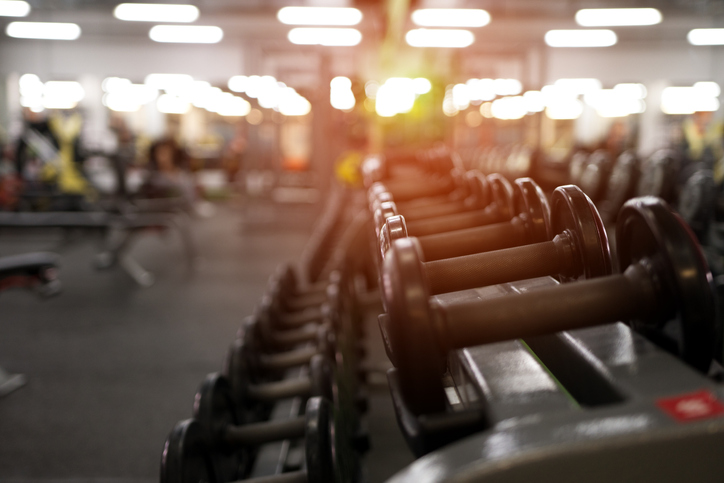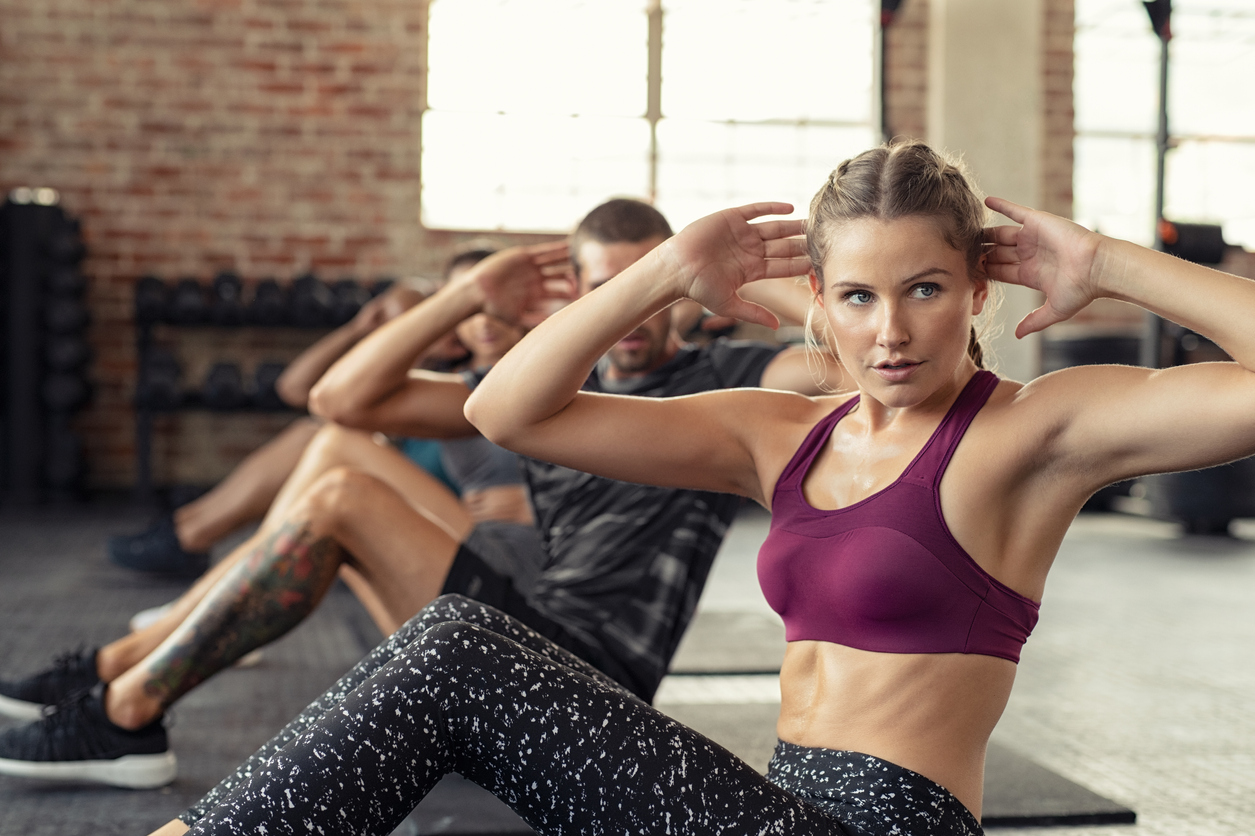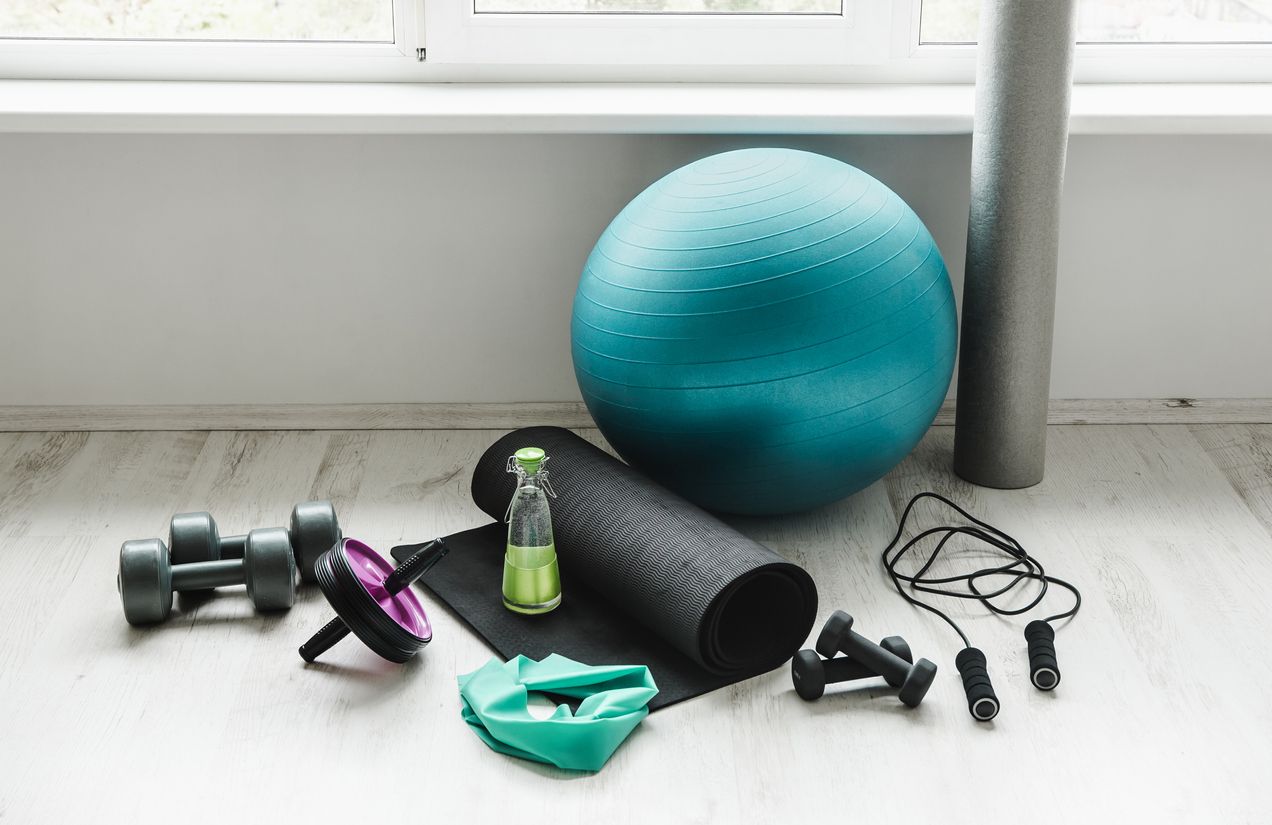We all want to get the most out of each session, don’t we? I know I do, and by you reading this, I know you want to as well. We all want the time we spend in the weights room to be effective and efficient to maximise results, so how do we go about achieving that?
STRUCTURE
Having a structure to your weights workouts is the key. I will describe a structure that within the ralm of lifting weights is what people may argue to be the gold standard. Disclaimer: Please don’t take this as the only way you can go about structuring a weights session – this is just a general structure that can be argued to be the most effective. Personally, I have used this throughout my days competing in Olympic Weightlifting and feel best using still now, but at the end of the day if this doesn’t work for you, then you have to choose and come up with a structure that you enjoy the most.
Compound exercises followed by isolation exercises
Compound exercises are defined as an exercise that works multiple muscle groups at the same time. A deadlift is a great example of a compound exercise as this works your quadriceps, hamstrings, and glutes (the three main leg muscles) as well as the muscles on your back, such as the erector spinae (lower back), trapezius and latissimus dorsi. Other compound exercises include back or front squats, barbell shoulder presses or barbell rows. Because these exercises activate multiple muscle groups in conjunction with each other, your central nervous system (CNS), made up of the brain and spinal cord, is put under more stress and you will feel a bit more tired and/or fatigued (sore) after.
The brain plays a central role in the control of most bodily functions, including awareness, movements and sensations. Some reflex movements can also occur via spinal cord pathways. Because of the functions of the CNS and the strain compound exercises can put on it, if you are looking to learn or perform these movements for safety purposes, especially when structuring your weights session put these movements at the start of your workout when you are fresh as this will reduce the likelihood of injuries and provide a good warm up for the muscles you want to isolate (target) later in the session.
I highly recommend anyone new to lifting weights and wanting to learn the technique of some of the compound exercises listed earlier to seek professional assistance, whether that be from our great Gym Floor Instructors, myself or the other PTs, and I highly encourage everyone to give them a try.
Isolation exercises are simply defined as exercises that target one specific muscle group. Examples of these include biceps curls (which target the bicep) and lat pulldown (targeting the latissimus dorsi). When targeting just one muscle group, the weights you use will be lighter, but after performing a compound exercise will feel just as heavy, as you will still feel “the burn” in your muscles. When performing isolation exercises, to get the best out of them mind-muscle connection is key. You want to really feel that the muscle you are isolating is the main driver of the movement. What I have found is when coming from a compound exercise to an isolation exercise, because of already being warmed up and mentally aware of how my body is moving, I am able to focus more on the targeted muscle.
Coming out and feeling like you’ve done a successful weights workout is as much mental as it is Physical, so this is why with my clients and anyone I write programmes for or talk to, if it is appropriate, I will get them doing isolation exercises second.
Now you have an understanding of the difference between a compound and isolation exercise. An underlying principle when it comes to structuring a weights session is the idea of correct muscle sequencing. This refers to performing exercises that target and use the main, big muscles in the body first, then transitioning into exercises that target the smaller muscles.
Structure to any workout, especially a weights workout, is key to maximising the results achieved from a session. Performing compound exercises followed by single muscle isolation exercises is a tried and tested structure that has and will continue to produce results and make you feel like you have got the most out of your workout. But at the end of the day it is about trial and error, and finding a structure that you feel works best for you and you most enjoy.






